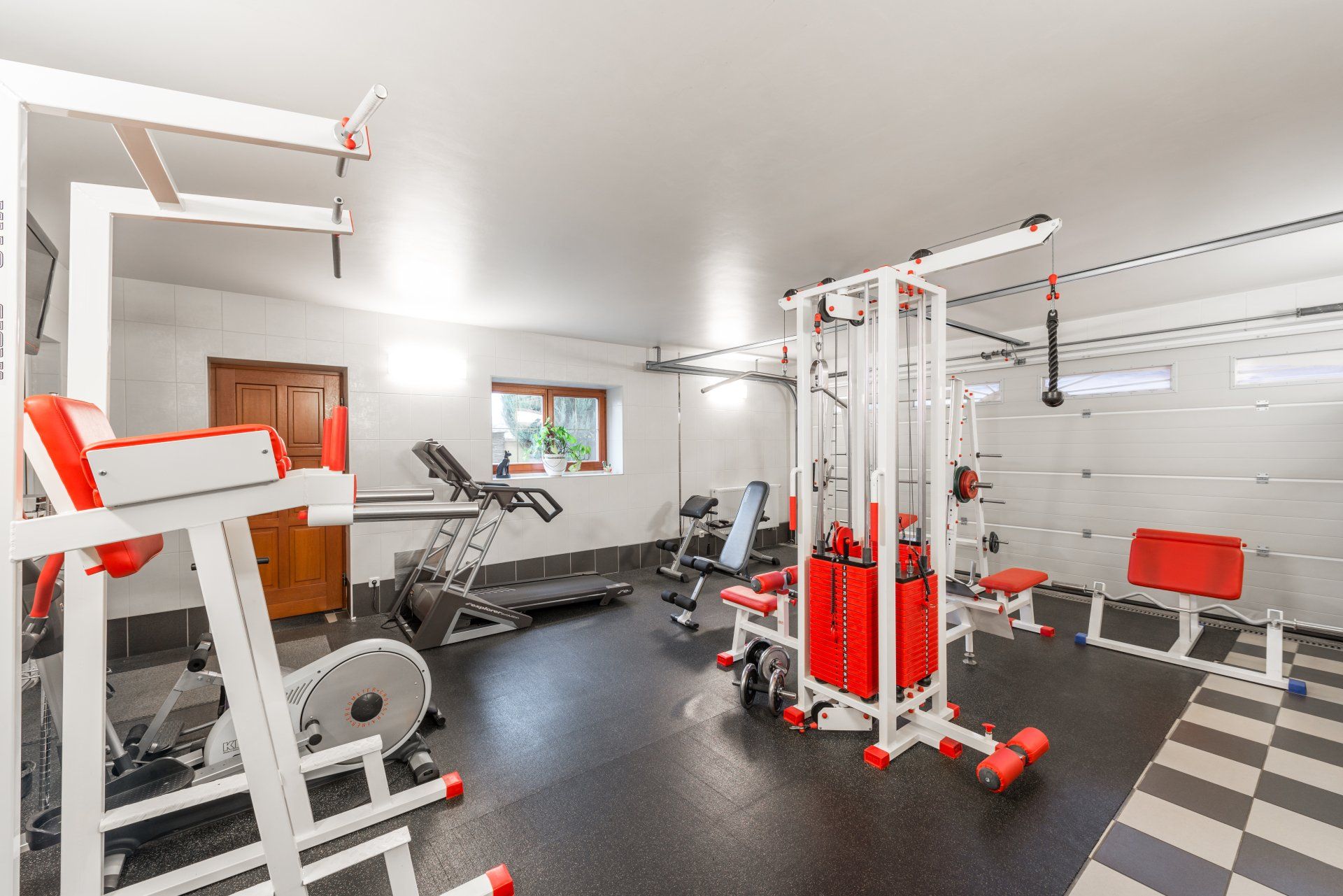How-to-Guide: Basement Finishing
Creating a Comfortable and Functional Basement: Tips and Tricks from the Pros

Are you considering finishing your basement? Whether you're looking to create a new living space, a home office, or a playroom for the kids, finishing your basement can add a significant amount of value and functionality to your home. But where do you start? Finishing a basement can be a complex process and requires proper planning, the right materials, and a good understanding of building codes and safety measures.
In this guide, we'll walk you through the steps of finishing a basement, from planning and preparation to adding the finishing touches. We'll discuss important considerations such as design, materials, and code requirements, as well as how to address potential hazards like moisture and mold. We'll also provide tips and tricks for adding electrical and plumbing, and finishing touches that will make your basement space look and feel like a natural extension of your home. So whether you're a seasoned DIYer or a first-time renovator, this guide will help you create a beautiful and functional basement that you'll be proud to show off. Let's get started!
- Planning and Preparation: Before you start any work on your basement, it's essential to have a clear plan in place. This includes a detailed design of the space, a list of materials and tools you'll need, and a schedule of work. It's also important to check local building codes and permits requirements to make sure you are compliant with safety and zoning laws. Most areas require 7ft of clearance if you want to finish your basement space. Before starting any construction make sure to check for any potential hazards, such as moisture, mold, or structural issues. Address any issues found before proceeding to prevent further complications.
- Finishing the Walls and Ceiling: A finished basement should have insulated and drywalled walls and ceiling. This will help improve the comfort and energy efficiency of the space. To finish the walls and ceiling, you'll need to install framing, insulation, and drywall (Pro Tip: Skip to step 4 before you put up your drywall!). Make sure to choose materials suitable for the basement environment, such as moisture-resistant drywall or insulated paneling. Additionally, you’ll want to use pressure treated lumber for any sill plates directly on the cement floors. This is also a good time to add recessed lighting or other special features like a built-in bookcase or a wall niche. The ceiling can be finished with a drop ceiling or drywall. A suspended ceiling can give you access to the ducts and pipes above, but drywall will give a finished look.
- Installing Flooring: Flooring is one of the most important steps in finishing a basement. It's crucial to choose a flooring option that is moisture-resistant and suitable for the basement environment. Options include carpeting, laminate, tile, and hardwood. Consider the amount of foot traffic your basement will get, the level of moisture that might be present, and the overall aesthetic you're trying to achieve. Engineered wood or snap down floors may be economical, but if the basement ever floods water will seep under it so consider tile floors.
- Adding Electrical and Plumbing: A finished basement should have all the same amenities as the rest of the house, including electrical outlets, light fixtures, and plumbing. This includes adding additional features such as a bathroom or a kitchenette, which may require the assistance of a licensed electrician or plumber. Make sure that all electrical wiring and plumbing is up to code and that all fixtures are properly installed to avoid potential hazards.
- Finishing touches: Once all the major work is done, it's time to add the finishing touches. This might include painting or wallpapering, installing window treatments, or adding furniture. It's a great opportunity to create a cohesive design that flows seamlessly with the rest of the home.
- Safety Measures: Basements can be hazardous places, it is important to include safety measures such as smoke alarms, carbon monoxide detectors and emergency exit specially if the basement will be used as a living space.
Finishing a basement can be a daunting task, but with the right plan, materials, and professional help, you can create a beautiful and functional space that will add value and functionality to your home. By following the steps outlined in this guide, you'll be able to transform your basement from an unfinished, cluttered space into a room that you'll love to spend time in.
Don't forget to check your local building codes, obtain necessary permits and make sure all your work meets safety requirements. The requirements for historic Newburgh or Kingston can vary compared to those of Pawling or Red Hook.
Thank you for following along with this guide, we hope it was helpful. If you have any other questions, or need more detailed information on a specific aspect of finishing your basement, please don't hesitate to reach out. We're always happy to help!








